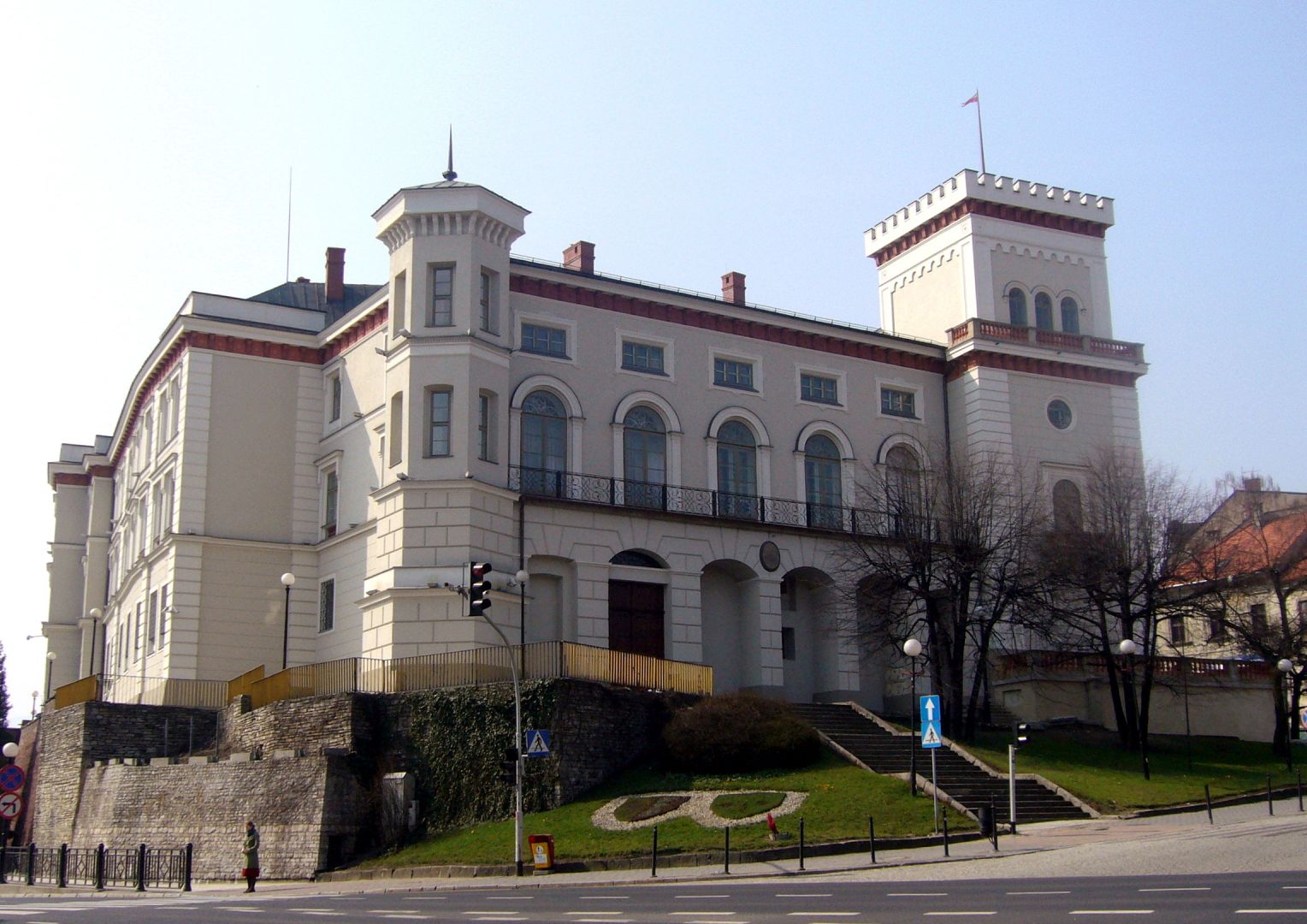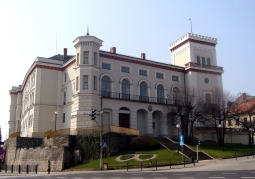Sułkowski Dukes' Castle - Historical Museum - Old Town - Bielsko-Biała
No weather data
0.0 /5
Number of ratings: 0
Address: ul. Wzgórze 16 , 43-300 Stare Miasto - Bielsko-Biała
The castle of the Sułkowski princes is the oldest and largest historic building in Bielsko-Biała, located in the eastern part of the Old Town. It was built in the fourteenth century by the efforts of the Cieszyn prince Przemysław I Noszak and for the following centuries served as one of the seats of the Cieszyn Piasts. It is a type of city castle from the beginning included in the Bielsko fortifications system and which is also the strongest element of its fortifications. He also served as the Silesian border stronghold, guarding the eastern border of the Duchy of Cieszyn on the Biała River - separating Silesia from Lesser Poland. The museum located in the castle was opened on December 3, 1904. It occupied four premises in the southern wing of the first floor of the Town Hall, adjacent to the rooms of the Civil Society. It operated here until 1920, when its activities were suspended, exhibits were stored in one room, and the premises were intended for other purposes. The museum was only re-opened in 1932, this time in the basement of the building, where it operated until the outbreak of World War II, when it was closed. His long-term guardians were the director of the Catholic folk school Franciszek Farny and retired head of the Municipal Savings Bank Wilhelm Kroczek. The Historical Museum is a place for family and social gatherings. The permanent exhibition includes: - History of the Archaeological and Historical of Podbeskidzie, - Exhibition of Polish and European Art of the 14th-17th Century, - European and Polish Painting of the 19th and 20th Centuries, - Contemporary Art of the Podbeskidzie, - Graphics of the Turn of the 19th and 20th Centuries, - Salon Music, - Ethnography of Bielsko-Biała and the Surroundings, - Women's Salon and Cabinet of the Lord, - Biedermeier's Salon, - Room with a Knight - Lapidarium, - Castle Gallery.
Komentarze
No results
Nearby places
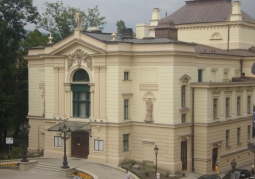
Polish Theater - Old Town - Bielsko-Biała
Category: TheatersThe beginnings of the existing theater establishment in Bielsko Biała today are associated with the establishment of the Theater Construction Committee in 1887, which soon initiated - with extreme success - a voluntary...
1 km
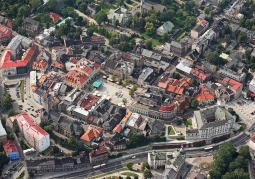
Old Town - Bielsko-Biała
Category: Districts, streets and stallsThe oldest, historic part of Śródmieście in Bielsko-Biała located on the City Hill and having a preserved medieval urban layout. The hill covers an area of 4 ha and has the shape of an irregular oval measuring...
1 km
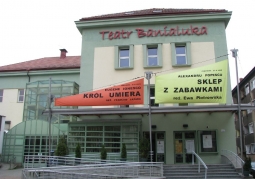
Banialuka Puppet Theater - Bielsko-Biała
Category: TheatersPuppet theater founded in 1947 in Bielsko-Biała by the visual artists Jerzy Zitzman and Zenobiusz Zwolski. His seat is the building at ul. A. Mickiewicza 20 in the Lower Suburbs, erected in 1935 as a Jewish cultural...
1 km
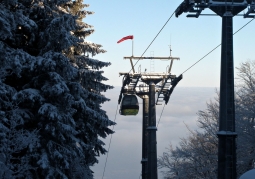
Szyndzielnia Cable Railway - Bielsko-Biała
Category: Cable carsGondola-type railway from Olszówka - Bielsko-Biała district to the top of Szyndzielnia in the Silesian Beskids. The queue began its work in December 1953. This is the first post-war cable car in Poland. The railway is...
6 km
Phone
33 811 10 35
Godziny otwarcia
Tuesday - Sunday: 8:00 a.m. - 4:00 p.m.
Service prices
Ticket - full permanent exhibition - reduced PLN 15 - senior PLN 8 - family PLN 7 - guide PLN 38 (depending on the availability of the service) - PLN 50
Nearby places

Polish Theater - Old Town - Bielsko-Biała
Category: TheatersThe beginnings of the existing theater establishment in Bielsko Biała today are associated with the establishment of the Theater Construction Committee in 1887, which soon initiated - with extreme success - a voluntary...
1 km

Old Town - Bielsko-Biała
Category: Districts, streets and stallsThe oldest, historic part of Śródmieście in Bielsko-Biała located on the City Hill and having a preserved medieval urban layout. The hill covers an area of 4 ha and has the shape of an irregular oval measuring...
1 km

Banialuka Puppet Theater - Bielsko-Biała
Category: TheatersPuppet theater founded in 1947 in Bielsko-Biała by the visual artists Jerzy Zitzman and Zenobiusz Zwolski. His seat is the building at ul. A. Mickiewicza 20 in the Lower Suburbs, erected in 1935 as a Jewish cultural...
1 km

Szyndzielnia Cable Railway - Bielsko-Biała
Category: Cable carsGondola-type railway from Olszówka - Bielsko-Biała district to the top of Szyndzielnia in the Silesian Beskids. The queue began its work in December 1953. This is the first post-war cable car in Poland. The railway is...
6 km
